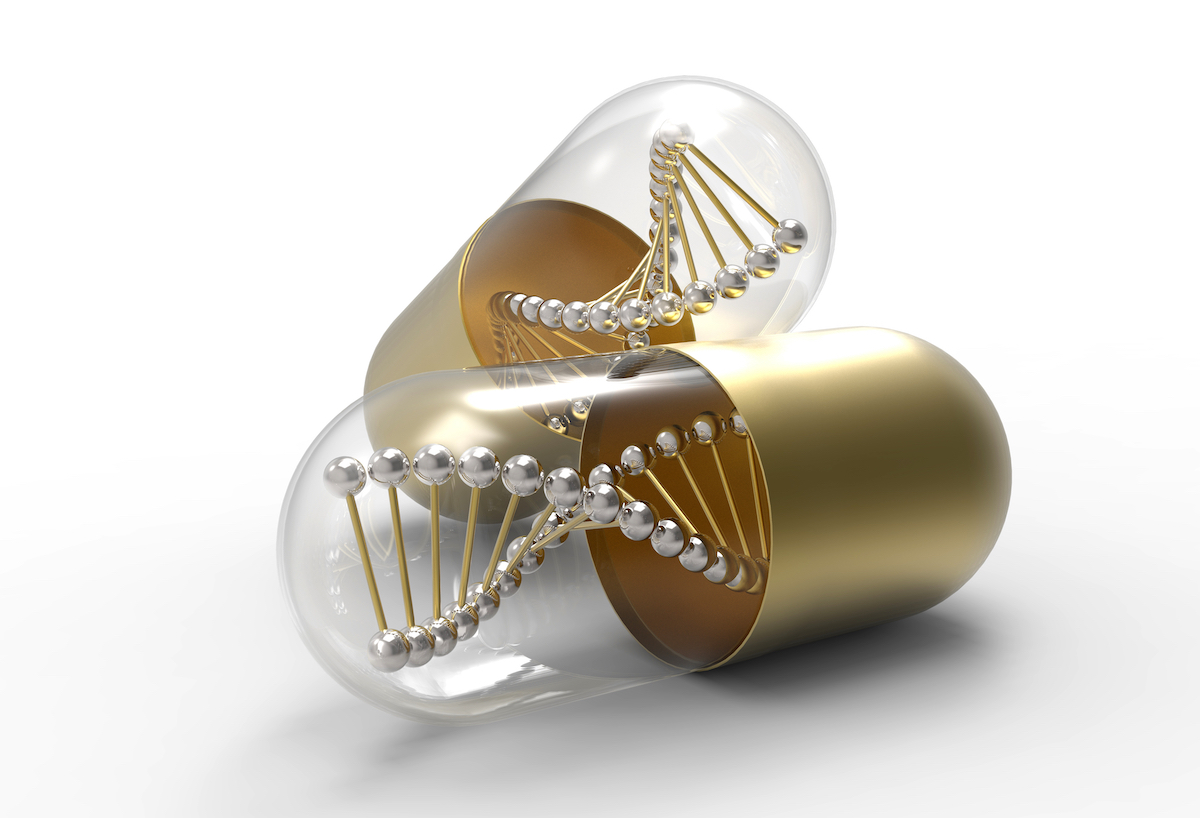Seeing the translation of basic science into personalised medicine

It was during an incidental chat in the office when one of my colleagues asked, “so, what is your research curing?” This question has been asked many times of myself and researchers-alike, and it’s not a simple one to answer.
Before joining the Ward6 med writers team, I was a researcher looking at how the immune system responds to viral infections, using a mouse model. I personally was not curing anything, but scientific research is incremental, with each researcher having their own contribution, all with the common goal of expanding our knowledge. It’s like piecing together a giant jigsaw puzzle without knowing the final picture — little by little you see it come together — and so does the potential for changing the future of medicine.
I no longer don a white lab coat every day, and I now find myself at the other end of the spectrum where I see and appreciate the translation of basic science (i.e the discipline, not simple by any means) into the age of personalised, tailored medicine – and what an exciting time it is! But as a scientist, I say let’s not forget those who are paving the way. There are some game-changing technologies appearing in the medical space including DNA-editing (made possible by the technology more commonly referred to as CRISPR), mRNA vaccines (the COVID-19 vaccine being first of its kind) and chimeric antigen receptor (CAR)-T cell therapy, which as a T cell biologist, I’ve taken quite an interest in.
CAR-T cell therapy is in the headlines with the launch of two new cancer therapies in Australia and multiple treatment centres opening across the country. CAR-T cell therapy utilises T cells, a type of immune cell responsible for hunting down infected or cancerous cells and eliminating them from the body, but often cancer cells find a way to evade detection by these T cells. The amazing thing about CAR-T cell therapy is that the patient’s immune cells are harvested and genetically modified in a lab, making them more targeted to the specific cancer the patient has, and consequently, better able to detect and kill the cancer cells once injected back into the patient.
From the identification of T cells and their ability to kill cancer cells, to where we are today, has taken more than 50 years of research. In 1992, immunologist Michel Sadelain used newly developed genetic engineering tools to insert DNA into T cells to boost their ability to fight cancer cells. One year later, the first-generation CAR-T cell was created by Zelig Eshhar. It took another 5 years for the second-generation of CAR-T cells to be developed and this time they were biologically active and could remain alive in the body. In 2002, we saw the generation of the first CAR-T cell with promising therapeutic potential by a team of scientists at the Memorial Sloan Kettering Institute in New York. In 2003, Dr Sadelain and colleagues published a paper showing CAR-T cells killing leukaemia cells in a mouse model. Fast-forward though years of research and clinical trials to the FDA approval of CAR-T cell therapy for the treatment of relapsed and refectory acute lymphoblastic leukaemia in 2017, with the TGA following suit in 2018.
Imagine the number of scientists, hours in the lab, failed experiments and the years spent on clinical trials it has taken to see the translation of basic science into personalised medicine. As I sit here now, on the other side to where I started as a scientist, seeing these therapies implemented and the impact on patients’ lives — this is a shout-out to scientists in the lab this weekend.
— Dr. Tamara Suprunenko